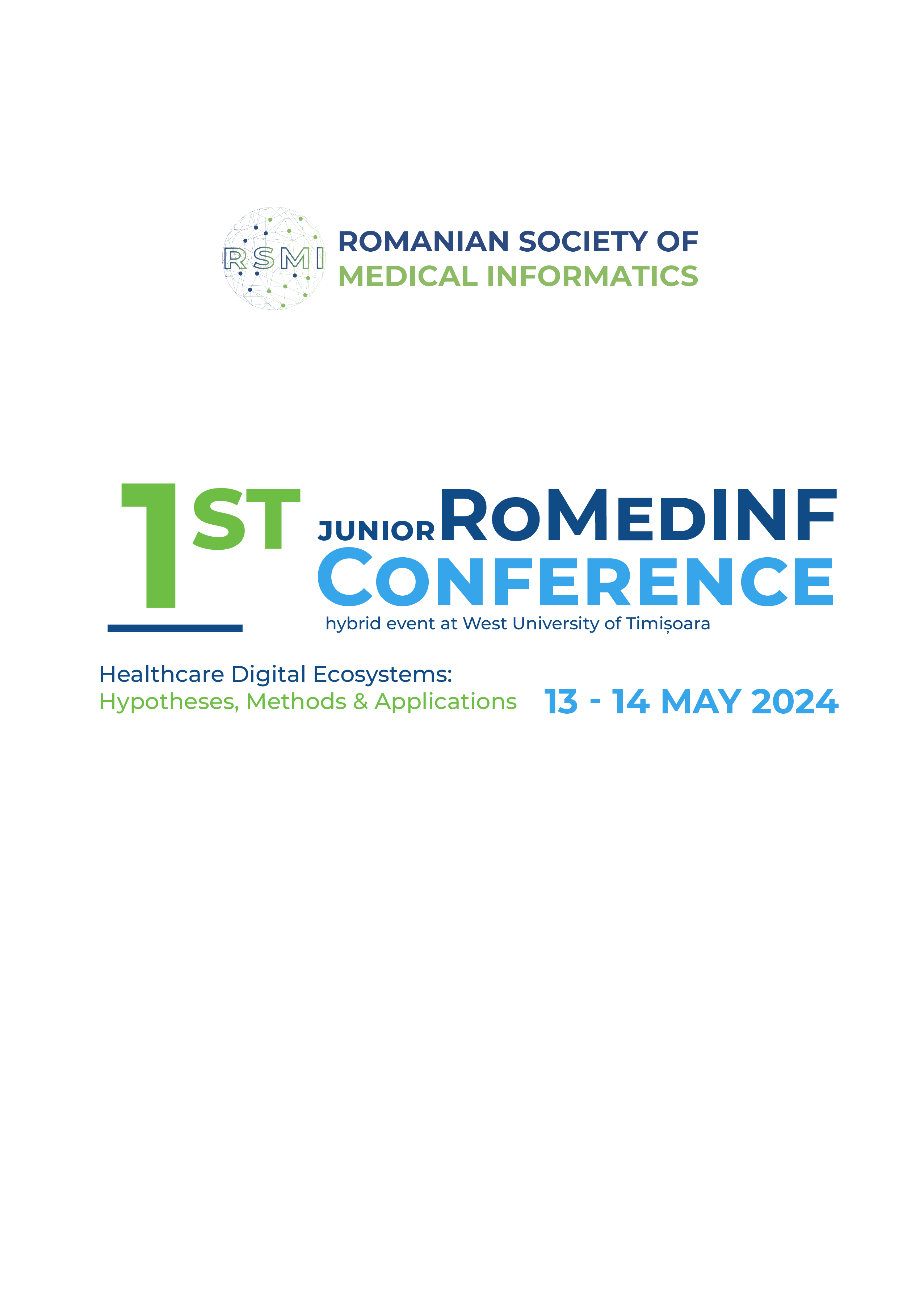Inhalation Injuries in Burns
Keywords:
Severe burns, inhalation injuries, clinical diagnosis, life-saving treatment, survivalAbstract
Introduction: Severe burns affect multiple organ systems, triggering catabolic reactions in the body. Advances in burn care and antimicrobial therapies improve survival rates, but inhalation injuries significantly reduce survival rates, accounting for up to 90% of burn-related mortality, although present in only 1/3 of patients. These findings underscore the need for a standardized approach in diagnosis and treatment. Research Aim: Retrospective analysis of burn cases involving respiratory tract involvement and highlighting current methods of diagnosis and treatment. Materials and Methods: Our study represents a retrospective one conducted on a cohort of 93 patients diagnosed clinically with respiratory tract burns, hospitalized between 2020 and 2022 at the IMSP Traumatology and Orthopedics Clinical Hospital, with an average age of 47.32 years. Demographic, clinical, and outcome data were collected and analyzed in detail. Results: The study revealed a predominance of patients aged 41-60 years, with the majority being males (75.9%). Common mechanisms of burn injury included gas cylinder explosion (23.7%) and fires (22.6%). Severe burns (86.1% grade 3) were frequent, with large affected areas (46.2% >50%). Clinical manifestations included cutaneous lesions and respiratory symptoms. Diagnosis primarily involved clinical examination and chest radiography (92.5%). Treatment involved complex procedures and life support, with a favorable recovery rate of 91.4%. Conclusions: Burns in the facial, head, and neck regions present a high risk of respiratory tract involvement. Clinical diagnosis and chest radiography remain the predominantly used evaluation methods, although bronchoscopy may be underutilized. Treatment involves complex life support strategies, highlighting the importance of a multidisciplinary approach in managing these cases.
Downloads
Published
How to Cite
Issue
Section
License
Copyright (c) 2024 Virgiliu MANOLE, Artiom ŞEVCIUC, Octavian CIRIMPEI

All papers published in Applied Medical Informatics are licensed under a Creative Commons Attribution (CC BY 4.0) International License.

